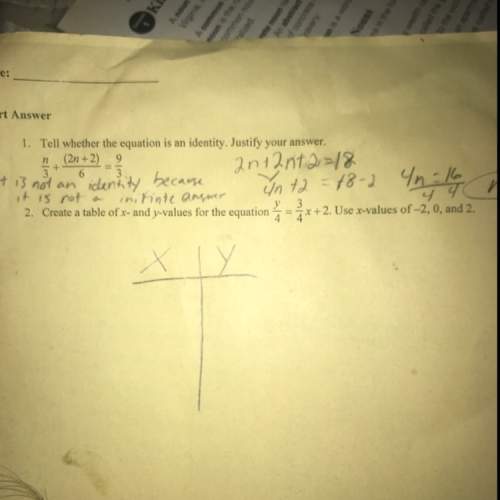
Physics, 05.02.2020 10:53 tuchikitacristoyaidi
An object thrown vertically upward from the surface of a celestial body at a velocity of 36 m/s reaches a height of sequalsminus0.9tsquaredplus36t meters in t seconds. a. determine the velocity v of the object after t seconds. b. when does the object reach its highest point? c. what is the height of the object at the highest point? d. when does the object strike the ground? e. with what velocity does the object strike the ground? f. on what intervals is the speed increasing?

Answers: 1


Other questions on the subject: Physics

Physics, 22.06.2019 00:20, nini261
2.22/3.33 points | previous answers tamucolphysmechl1 4.pre.002. ask your teacher my notes question part points submissions used on a frictionless air track, a blue glider with mass 0.200 kg is moving to the right with a speed of 8.00 m/s. it strikes a red glider that has mass 0.600 kg and that is initially at rest. after the collision, the blue glider is moving to the left with a speed of 2.40 m/s. (a) what are the magnitude and direction of the velocity of the red glider after the collision? magnitude 3.33 m/s correct: your answer is correct. direction correct: your answer is correct. (b) is this collision elastic?
Answers: 1


Physics, 22.06.2019 04:50, tagerryawilson6
Waves that cause the most damage during an earthquake are a. surface waves c. s waves b. p waves d. ocean waves
Answers: 2

Physics, 22.06.2019 11:20, ashtonbillups
More solar radiation is absorbed by earth’s surface than by
Answers: 1
You know the right answer?
An object thrown vertically upward from the surface of a celestial body at a velocity of 36 m/s reac...
Questions in other subjects:



History, 07.12.2019 12:31

Mathematics, 07.12.2019 12:31

English, 07.12.2019 12:31



Mathematics, 07.12.2019 12:31





